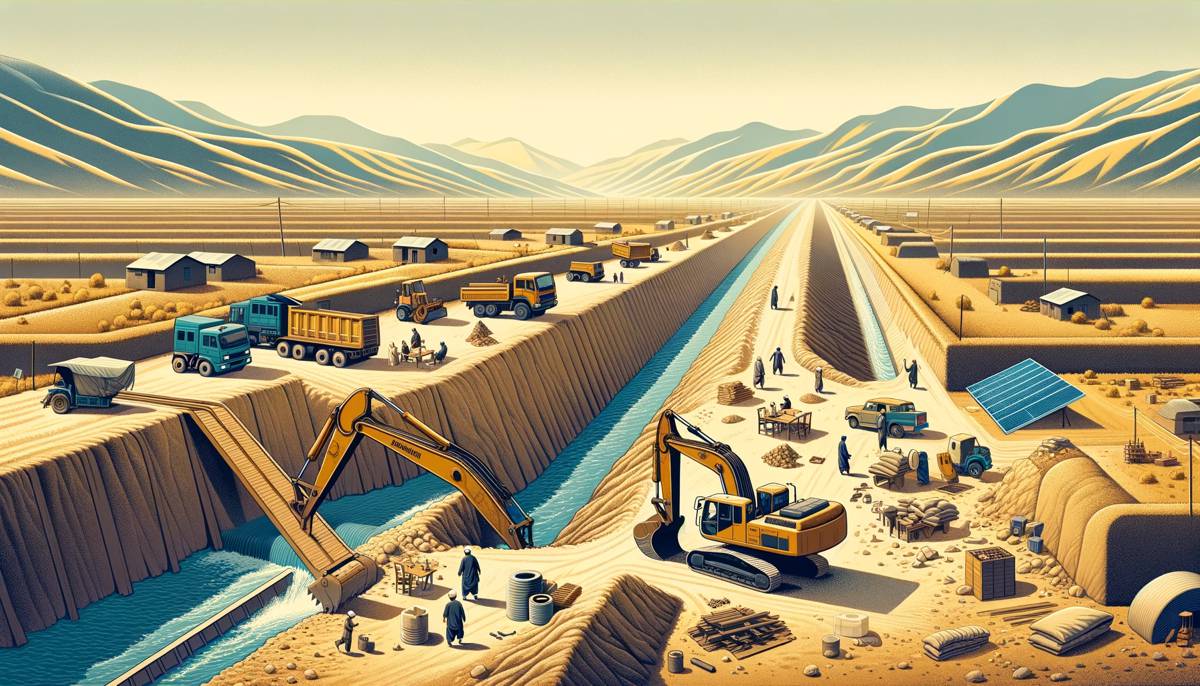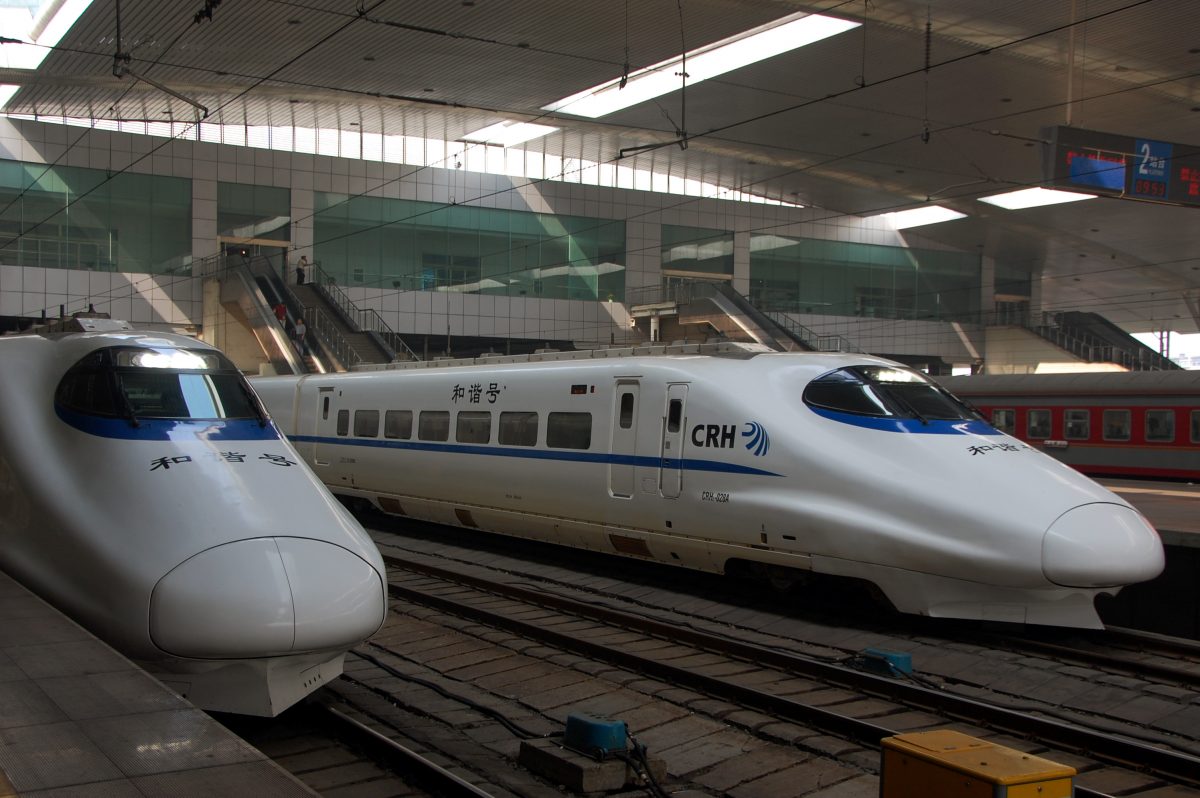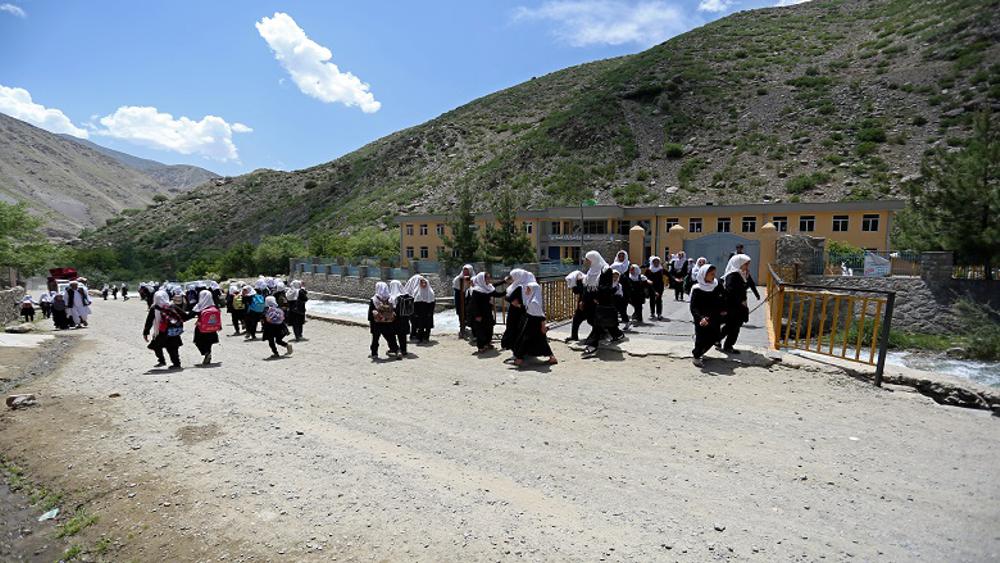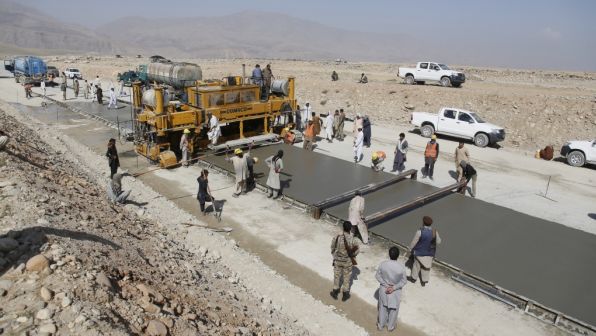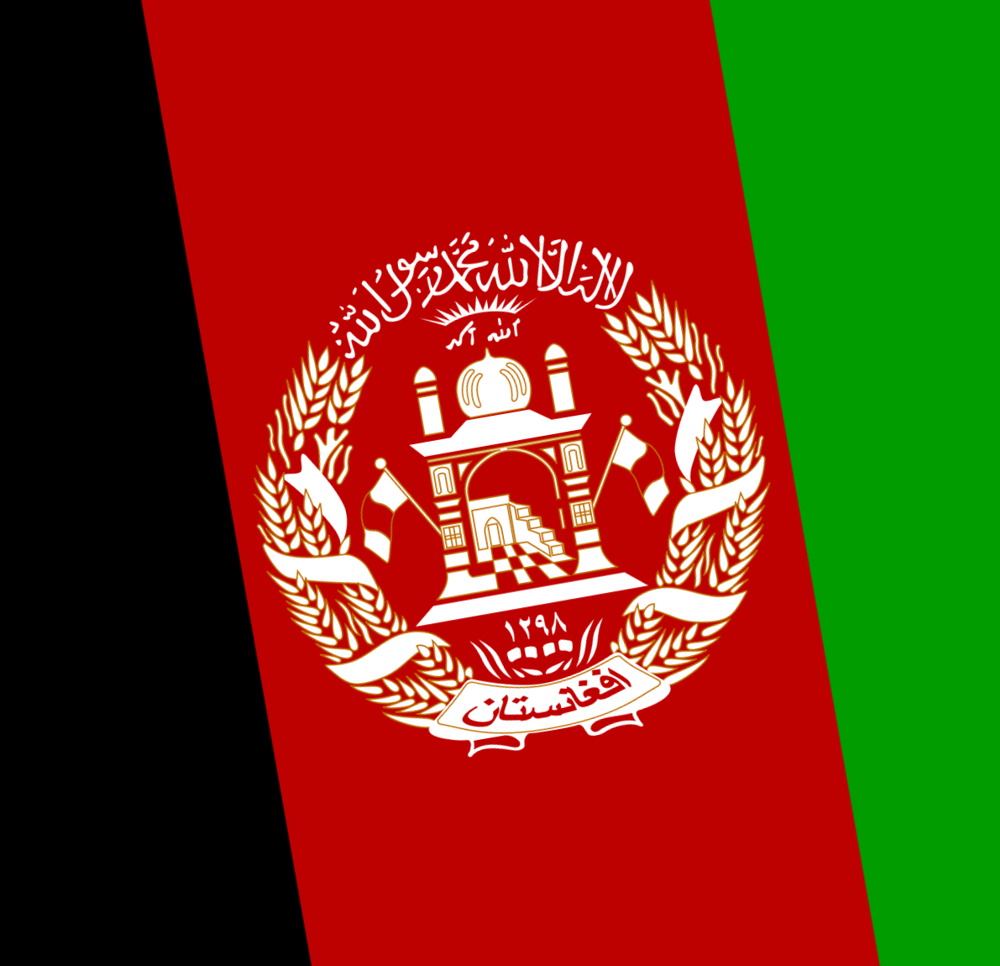Afghanistan’s all-weather roads bring improvements to Rural Communities
The road, which is due to finish by the end of 2017, is being widened and paved, ensuring safer travel conditions in Daykundi Province.
Road rehabilitation projects in Daykundi Province are having a significant impact on the lives of villagers through improved access to essential facilities and markets, lowered transport costs, and increased employment opportunities.
More than 120 kilometres of roads in the province will be rehabilitated by 2017 under the Afghanistan Rural Access Project (ARAP), improving mobility and living standards.
Villagers in this mountainous province can look forward to year-round access to healthcare services and essential goods through the all-weather roads.

Shahristan District, Daykundi Province
Construction of the Shahristan-Nili Road has improved access to facilities for nearby villages. Villagers now access markets, healthcare services, and other destinations more easily, safely, and quickly. “Before the construction of the road, we had to travel 30 hours to reach Kabul,” says Mirza Hussain, 47, head of the Tagablor Community Development Council (CDC). “Now we can reach Kabul in 18 hours, and traveling is easier.”
Tagablor village is located in the Shahristan district of Daykundi Province in central Afghanistan. Since 2014, a private construction firm, tendered through the Ministry of Public Works (MoPW) under the Afghanistan Rural Access Project (ARAP), has been rehabilitating the third phase of the Shahristan-Nili Road.
The road, which is due to finish by the end of 2017, is being widened and paved, ensuring safer travel conditions. “We have seen a dramatic decrease in car accidents because the road is wider and its surface is smoother,” says Mirza Hussain. “Two years ago, when the road was not smooth and wide, four people were killed because their car fell off the road into the valley.”

ARAP is a follow-on project of the National Emergency Rural Access Program (NERAP). It is supported by the International Development Association (IDA), the World Bank Group’s fund for the poorest countries, and the Afghanistan Reconstruction Trust Fund (ARTF). ARAP aims to benefit rural communities across Afghanistan by improving access to basic services and facilities through all-weather roads. The project is expected to increase the number of people living within 2 kilometres of all-weather roads, reduce travel time to essential services, and enable rural communities to access these services frequently.
Work in Daykundi started in 2003 under NERAP and the support is being continued through ARAP. The project has implemented, or is in the process of implementing 31 road rehabilitation projects in the province and more than 120 kilometres of road rehabilitated by the end of 2016, connecting Nili, the provincial capital, to Bamiyan, a neighbouring province.
The road rehabilitation projects have enabled many villagers to access essential services even during the winter months when inclement weather proves an obstacle. “A few years ago, our road would close for five months because of snow and floods,” says Mangal Hazarah, 40, a resident of Tagablor village. “Now, many of those problems are resolved and people are able to travel during the winter.”
Nonetheless, there are still many challenges in Daykundi Province. Given its mountainous terrain, the roads are impassable in poor weather conditions. It remains difficult and time consuming to reach Kabul quickly for high quality, emergency healthcare. At the same time, prices of transportation and raw materials increase, which villagers often struggle to afford.










